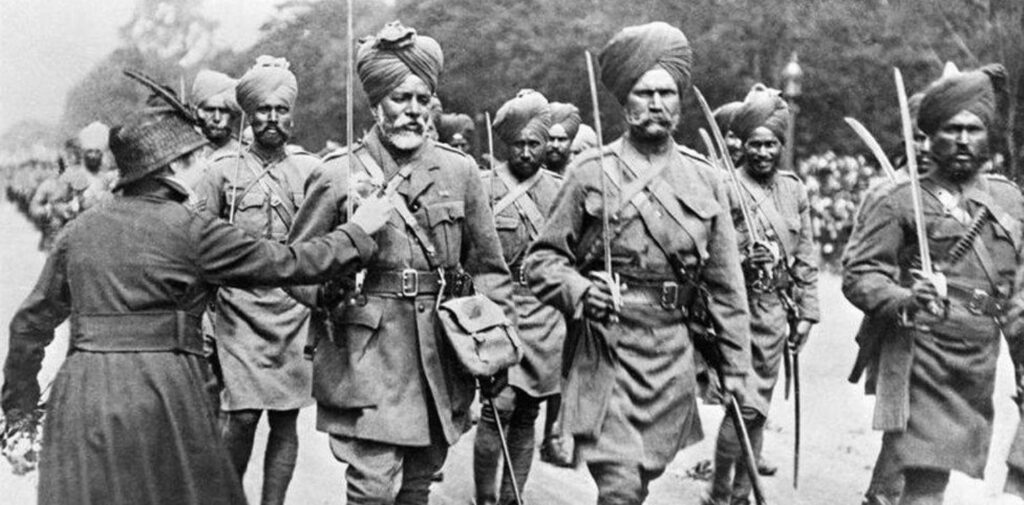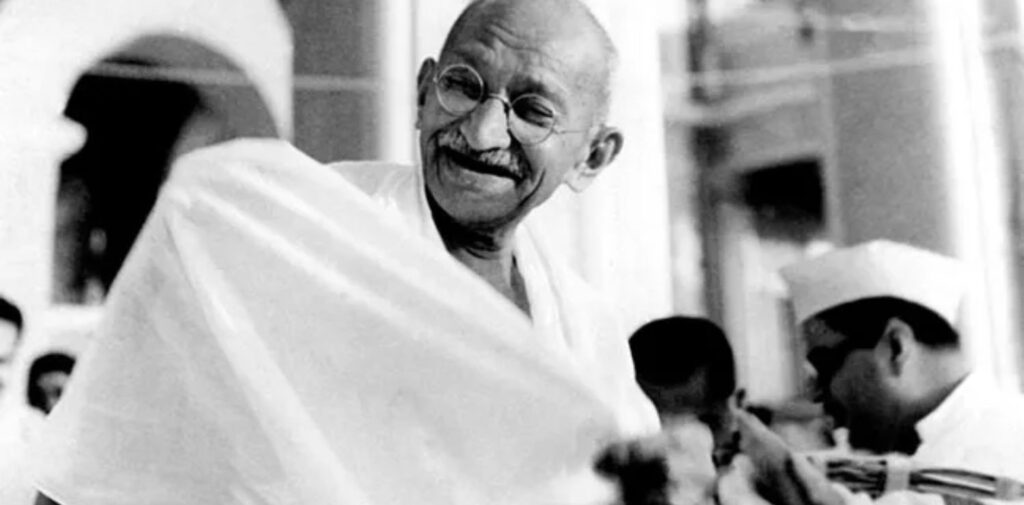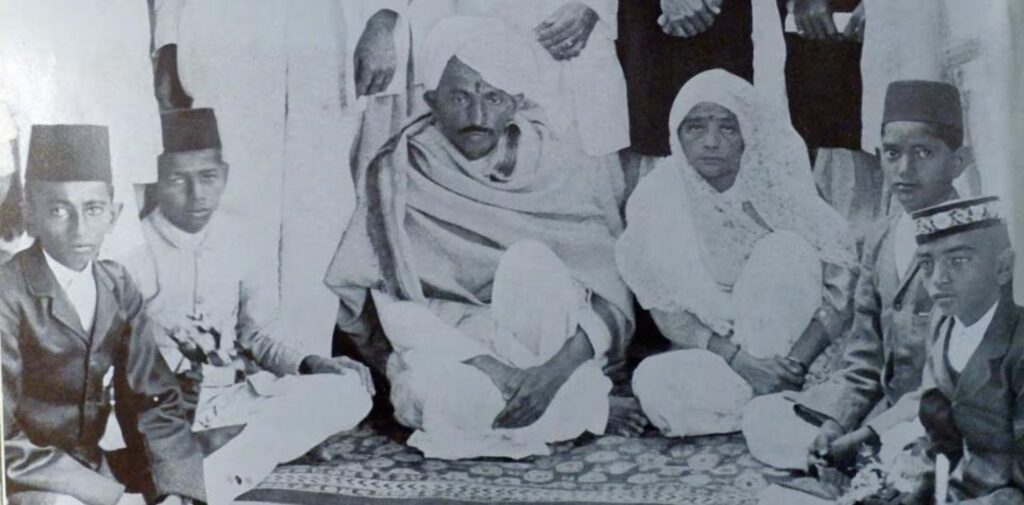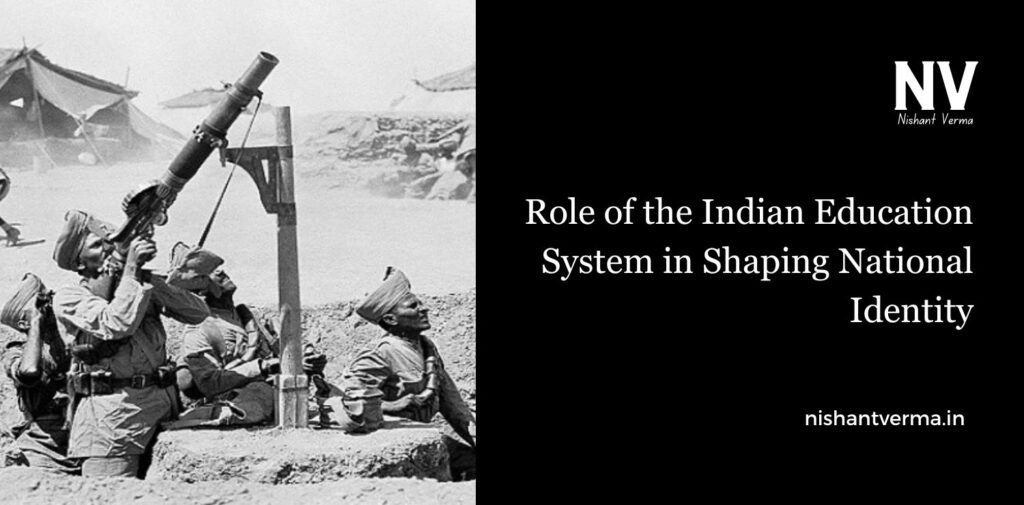World War I, also known as the First World War, was a major global conflict that took place from 1914 to 1918. Though it was fought mainly in Europe, it had a big impact on countries all over the world, including India. India, which was under British rule at the time, played an important role in the war, and this greatly affected its political situation. The events of World War I led to significant changes in India’s fight for independence and its political landscape.
In this article, we will explore how World War I changed India’s political scene and gave a strong push to the movement for self-rule, which later became the Indian independence movement.
India’s Role in World War I
When World War I began in 1914, India was still under British colonial rule. The British Empire controlled India, and it was expected that India would support Britain in its fight. Many Indian soldiers fought in the war, and India also contributed supplies and resources to support the British war effort.
Over 1.3 million Indian soldiers served in various parts of the world during the war. India also sent a lot of money, food, and materials to the British. The British promised that India’s support in the war would lead to rewards in the form of political reforms and more freedom for the people of India after the war.
However, the British did not keep their promises, which caused great disappointment among the Indian people. This led to a change in how Indians viewed British rule, and it made them even more determined to push for self-rule.

The Economic Impact of World War I
World War I had a huge effect on India’s economy. The war caused food shortages, inflation, and high taxes. The British government spent a lot of money on the war, and they collected money from the Indian people through taxes and forced loans.
Farmers in India were affected by the war because the British took many of the country’s crops to send to soldiers. This led to food shortages and high prices. Many poor people, especially in rural areas, suffered greatly because they could not afford basic goods.
Industries in India were also affected. The war led to a shortage of goods, and many businesses struggled to get the raw materials they needed. As a result, the cost of living rose, and the Indian people became unhappy with the British rulers who were responsible for this situation.
The economic hardship experienced by ordinary Indians gave rise to anger and resentment against the British government. This anger later fueled the demand for self-rule and independence from British rule.
The Montagu-Chelmsford Reforms
During World War I, the British government realized that it was important to keep India happy so that it would continue to support the war. To calm the growing unrest and show that they were willing to give India more freedom, the British promised political reforms. In 1917, the British government announced the Montagu-Chelmsford Reforms, named after two British officials, Edwin Montagu and Lord Chelmsford.
The Montagu-Chelmsford Reforms were meant to give Indians more say in how their country was governed. The reforms led to the creation of the Government of India Act of 1919, which allowed Indians to have a bigger role in the provincial governments. This meant that Indians could have a voice in some local decisions, and it was a step toward self-rule.
However, many Indian leaders felt that the reforms were not enough. They wanted complete self-rule, not just a small share in the government. The reforms did not give Indians control over their own country, and this caused frustration among leaders like Mahatma Gandhi, Jawaharlal Nehru, and Subhas Chandra Bose, who wanted full independence from British rule.

The Rise of Mahatma Gandhi and Non-Violent Resistance
World War I also played a key role in the rise of Mahatma Gandhi, who would become the leader of India’s independence movement. Gandhi returned to India from South Africa in 1915, just after the war had ended, and he quickly became involved in the fight for India’s freedom.
Gandhi believed in ahimsa (non-violence) and satyagraha (truth force or peaceful resistance). He wanted to lead the Indian people to independence through peaceful protests and non-violent civil disobedience. Gandhi’s approach was different from the violent methods used by some earlier leaders. His philosophy of non-violence attracted millions of Indians to join the movement for self-rule.
In 1919, the British government introduced the Rowlatt Act, which allowed the British to arrest and imprison Indians without trial. This law was seen as unfair and cruel, and it sparked widespread protests across India. Gandhi led a non-violent campaign against the Rowlatt Act, which gained widespread support among Indians.
The Jallianwala Bagh Massacre
One of the most important events that strengthened the demand for self-rule was the Jallianwala Bagh Massacre in April 1919. In the city of Amritsar, a large crowd of unarmed Indians had gathered to protest against the British government. The British officer, General Reginald Dyer, ordered his soldiers to open fire on the crowd, killing hundreds of people, including men, women, and children.
The Jallianwala Bagh Massacre shocked the entire nation and made many Indians realize that the British government was not interested in their well-being. This tragic event led to widespread anger and protests. Gandhi used this tragedy to unite the people and push for self-rule with even more determination.
The Non-Cooperation Movement
In 1920, Mahatma Gandhi launched the Non-Cooperation Movement, asking Indians to boycott British goods, schools, and services. He encouraged people to refuse to cooperate with the British authorities and instead support Indian businesses and institutions. The movement was peaceful but powerful, as millions of Indians participated.
The Non-Cooperation Movement marked the beginning of a mass movement for independence. It was the first time that so many Indians, from all backgrounds, united together to demand freedom. Although the British tried to suppress the movement, it showed that India could not be ignored and that the Indian people were ready for self-rule.

The Shift in Indian Politics
World War I played a major role in changing Indian politics. Before the war, the demand for independence was mostly limited to a small group of educated leaders. However, after the war, the demand for self-rule became a mass movement. The people of India, inspired by the hardships of the war, the promises of the British, and the leadership of Mahatma Gandhi, began to believe that they deserved full independence.
The political landscape of India began to change. The Indian National Congress (INC), which had been formed in 1885, became the central organization leading the fight for independence. The INC became more active, and its leaders like Gandhi, Nehru, and Patel gained widespread support. The British government began to realize that it could no longer ignore the demand for self-rule.
Conclusion: A Turning Point for India
World War I had a huge impact on India’s political landscape. It not only affected the economy and created suffering but also brought about a change in the way Indians thought about their relationship with the British. The war gave rise to a powerful movement for self-rule, which was led by new leaders like Mahatma Gandhi.
While the British promised reforms, the Indian people realized that they needed to fight for full independence. The experiences of the war, combined with the leadership of Gandhi and the bravery of ordinary Indians, set the stage for the independence movement that eventually led to India’s freedom in 1947.
The impact of World War I on India’s political landscape was profound. It turned India’s struggle for self-rule into a mass movement that united people from all walks of life, setting the foundation for the country’s independence.




